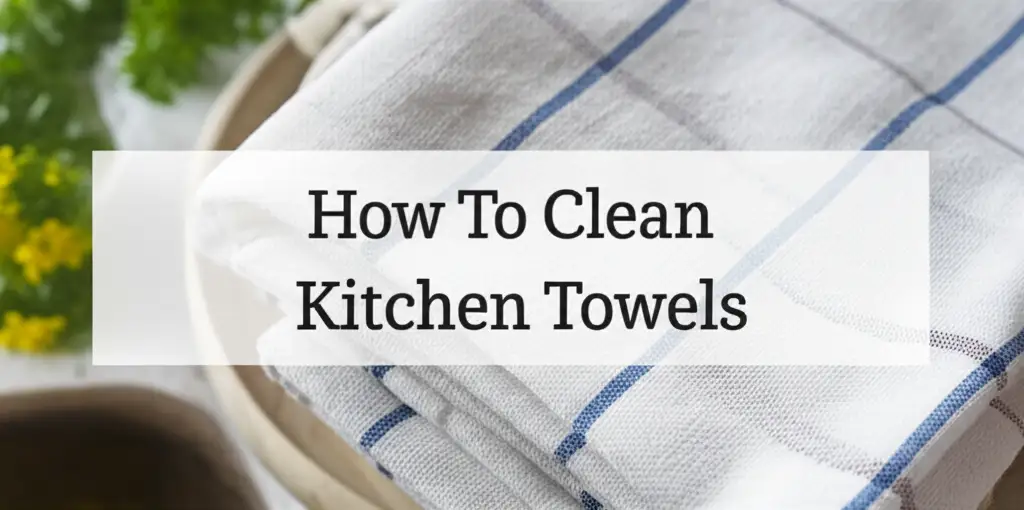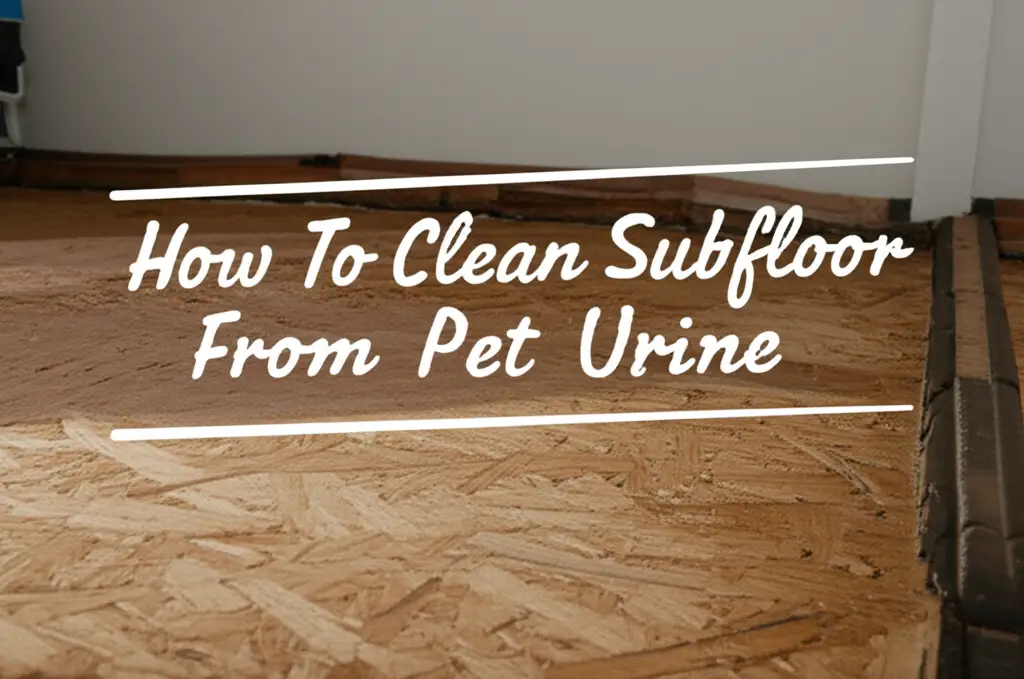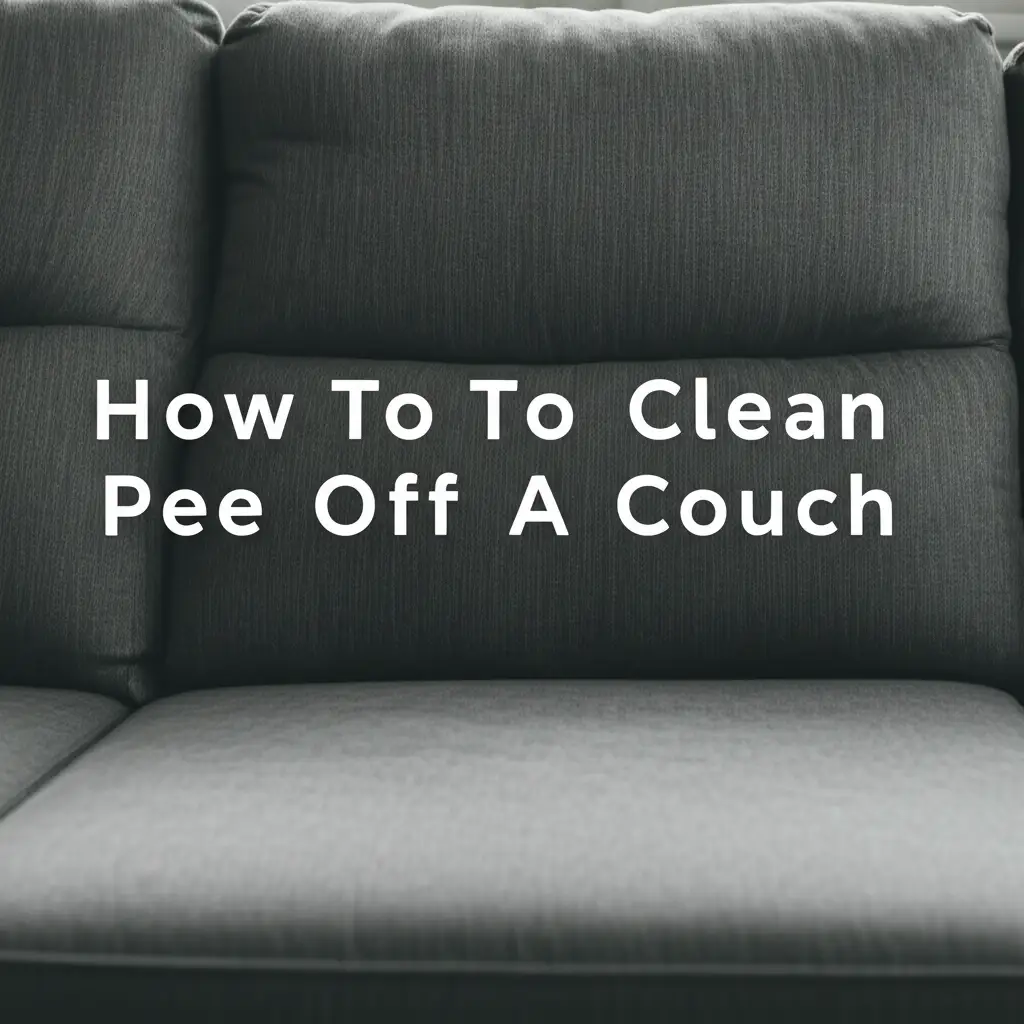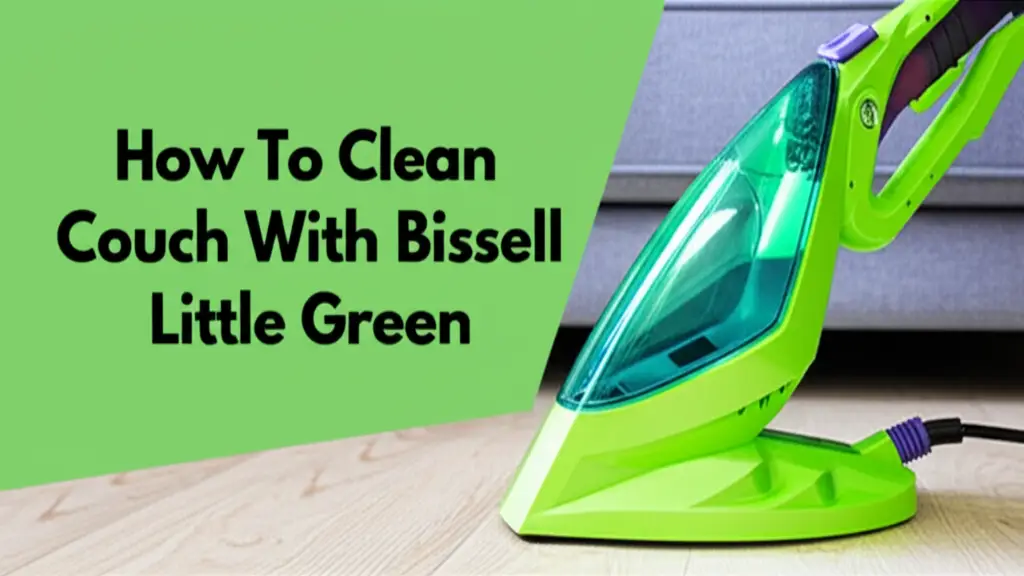· Home Cleaning · 15 min read
How To Clean Floor Mats
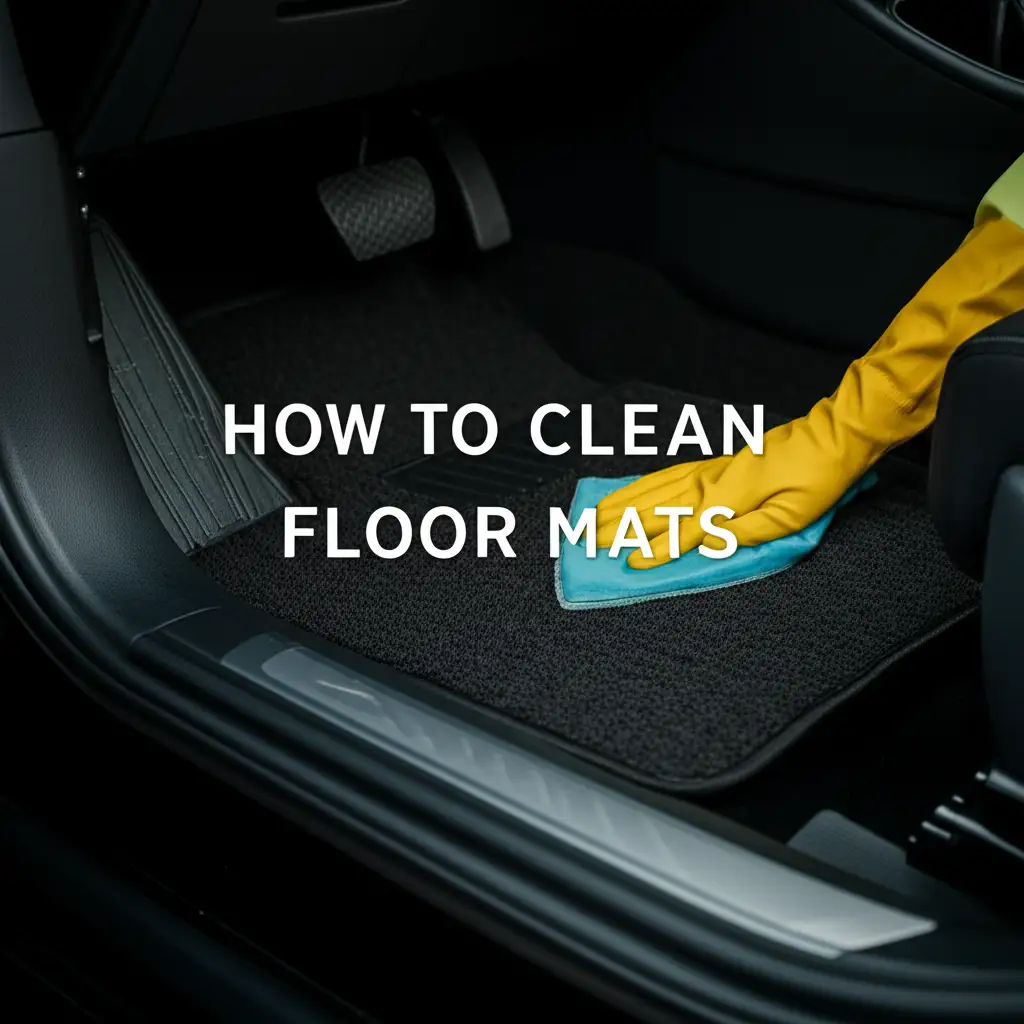
Effortlessly Clean Your Floor Mats: A Complete Guide
Floor mats work hard protecting your floors. They catch dirt, spills, and debris every day. Over time, these mats can become quite dirty. Keeping them clean is important for hygiene and appearance. You will find that knowing how to clean floor mats makes a big difference. This guide provides easy steps for cleaning various mat types. We will cover everything from basic upkeep to deep cleaning methods.
Takeaway
- Identify your mat material for the best cleaning method.
- Remove loose dirt before wet cleaning.
- Use appropriate cleaning solutions for different stains and materials.
- Always dry mats completely to prevent mold and odors.
- Clean mats regularly for longer life and better appearance.
Main Query Answer
To clean floor mats effectively, first remove loose dirt by shaking or vacuuming. Next, identify the mat material; rubber mats usually need a hose-down and scrub, while carpet mats benefit from spot cleaning or shampooing. Always allow mats to dry completely to prevent mildew and odors.
Why Cleaning Your Floor Mats Matters
Your floor mats are true unsung heroes. They stand at the front lines, catching all the dirt and grime we track in. Think about all the mud, dust, food crumbs, and pet hair they collect daily. Without proper cleaning, these mats become breeding grounds for bacteria and odors. This makes your home or car smell unpleasant.
Regular cleaning extends the life of your mats. Dirt and grit can wear down fibers over time. A clean mat also improves the overall look of your space. It shows you care about your environment. A clean home feels more inviting and fresh.
Understanding Different Floor Mat Types
Knowing your mat’s material is the first step to proper cleaning. Different materials require different cleaning methods. Using the wrong products can damage your mats. Let’s look at the most common types. You will find that each type has unique cleaning needs.
Rubber and Vinyl Mats
Rubber and vinyl mats are very durable. They are common in cars, entryways, and kitchens. These mats handle water and heavy use well. They are generally easy to clean. Their non-porous surface resists stains.
Carpet and Fabric Mats
These mats add warmth and comfort to any room. You find them in homes and vehicles. They can be made from various fibers like nylon, polyester, or cotton. These mats absorb more dirt and spills. They need more careful cleaning.
Specialty Mats
Some mats have specific purposes. Anti-fatigue mats provide comfort for standing. How to clean anti-fatigue mats often involves gentle methods. Kitchen mats sometimes have rubber backing and fabric tops. How to clean kitchen mats often deals with grease and food spills. Waterhog mats are also common; these are excellent at trapping dirt and water. How to clean Waterhog mats is also a specialized process. Bath mats, especially those with suction cups, also need specific care to prevent mildew. How to clean bath mats with suction cups involves preventing mold buildup.
Essential Tools and Supplies for Cleaning Floor Mats
Before you start cleaning, gather your tools. Having everything ready makes the process smoother. You probably have many of these items already. Prepare your cleaning station for effective results.
- Vacuum Cleaner: A powerful vacuum is essential for removing loose dirt. A shop vac or a handheld car vacuum works well for this.
- Stiff Brush or Scrub Brush: This helps agitate dirt and grime from the mat fibers. Choose one with bristles suitable for your mat type.
- Hose with Spray Nozzle: Ideal for rinsing rubber and some fabric mats outdoors. It provides strong water pressure.
- Two Buckets: One for soapy water and one for clean rinse water. This helps keep your cleaning solution effective.
- All-Purpose Cleaner or Car Interior Cleaner: For general dirt and grime. Choose one safe for your mat material.
- Dish Soap or Laundry Detergent: A small amount mixed with water can create a mild cleaning solution. Use gentle formulas.
- Microfiber Towels or Old Rags: For wiping down mats and absorbing excess moisture. They are very absorbent.
- Stain Remover (Optional): For specific stains like oil, grease, or mud. Make sure it is safe for your mat’s color and fabric.
- Odor Eliminator (Optional): Baking soda or an enzymatic cleaner helps remove stubborn smells. These target the source of odors.
- Protective Gloves: To protect your hands from cleaning solutions.
Step-by-Step Guide: General Cleaning Methods
No matter the mat type, some initial steps are universal. These steps prepare your mats for a deeper clean. You will want to do these first every time you clean. This ensures you remove surface dirt efficiently.
- Remove Mats from the Area: Take your floor mats outside or to a designated cleaning area. This prevents dirt from spreading.
- Shake Out Loose Debris: Hold each mat firmly and shake it vigorously. This removes sand, crumbs, and other loose dirt. You will be surprised how much comes out.
- Vacuum Thoroughly: Use your vacuum cleaner to remove any remaining loose dirt. For carpet mats, vacuum in different directions to lift embedded debris. For rubber mats, vacuuming helps pick up small particles.
These initial steps are crucial. They make the rest of the cleaning process much easier. You avoid turning dry dirt into muddy messes when you add water.
Deep Cleaning Specific Mat Types
Now that you have removed loose dirt, it’s time for a deeper clean. The method varies significantly by mat material. Follow these steps carefully for the best results. You will see a big difference in how clean your mats become.
Deep Cleaning Rubber and Vinyl Floor Mats
Rubber and vinyl mats are tough. They are also non-porous. This means they do not absorb liquids easily. Cleaning them is usually straightforward. I find this method very effective for car mats too.
- Hose Them Down: Lay the mats flat on a clean surface outdoors. Use a strong stream of water from your hose. Rinse off all surface dirt and grime.
- Apply Cleaning Solution: Mix a few drops of dish soap or an all-purpose cleaner with water in a bucket. Dip your stiff brush into the soapy water.
- Scrub Vigorously: Scrub both sides of the mat with the brush. Pay extra attention to textured areas where dirt collects. The bristles help lift embedded grime.
- Rinse Thoroughly: Rinse the mats completely with the hose. Make sure no soap residue remains. Soap residue can make mats slippery or attract more dirt.
- Inspect for Stains: If any stubborn stains remain, apply a concentrated cleaner directly. Let it sit for a few minutes. Then scrub again and rinse.
Deep Cleaning Carpet and Fabric Floor Mats
Carpet and fabric mats require a more delicate approach. They absorb liquids and odors. This means you need to be careful with water usage. You want to clean without saturating them completely.
- Pre-Treat Stains: For visible stains, spray a dedicated carpet cleaner or a solution of mild laundry detergent on the spot. Let it sit for 5-10 minutes.
- Apply Cleaning Solution: Mix a small amount of carpet shampoo or mild laundry detergent with water. Do not oversaturate the mat.
- Scrub Gently: Use a soft-bristled brush or a cloth to work the solution into the mat. Rub in small circular motions. Avoid scrubbing too hard, as this can damage fibers.
- Rinse (Carefully): If outdoors, you can use a hose on a low setting. Do not drench the mat. For indoor cleaning, use a damp cloth to wipe away the soap. Rinse the cloth often.
- Extract Water: Press down on the mat with clean, dry towels. Walk on the mat (if appropriate) to push out more water. A wet/dry vacuum or carpet extractor can remove even more water. This step is crucial for fast drying.
Specialized Cleaning for Specific Mat Types
Some mats have unique features or face specific challenges. Understanding these helps you clean them better. Tailoring your method ensures longevity and effective cleaning.
Cleaning Anti-Fatigue Mats
Anti-fatigue mats are usually made of rubber, gel, or foam. They need gentle cleaning to maintain their structure. I find these mats easy to maintain with regular care.
- Wipe Down Daily: For daily cleaning, use a damp cloth with a mild soap solution. Wipe the surface clean.
- Deep Clean Periodically: For a deeper clean, follow the steps for rubber mats. Use a soft brush and avoid harsh chemicals. Chemicals can break down the mat material.
- Ensure Proper Drying: Make sure these mats dry completely before putting them back. Moisture can degrade the material. You can read more about how to clean anti-fatigue mats for more detailed guidance.
Cleaning Kitchen Mats
Kitchen mats often face grease, food spills, and oil. They might be rubber, fabric, or a combination. The material determines the cleaning path.
- Address Grease Stains First: For oil or grease, use a degreasing dish soap directly on the stain. Let it soak for a few minutes.
- Follow Mat Material Guide: If rubber-backed, hose down and scrub. If fabric, use a laundry detergent solution. Some fabric kitchen mats are machine washable. Always check the label.
- Rinse Well: Ensure all greasy residue is gone. This prevents a slippery surface. For more specifics, consider reading about how to clean kitchen mats.
Cleaning Bath Mats with Suction Cups
Bath mats with suction cups are prone to mold and mildew. This is due to constant moisture. Preventing buildup is key for these mats.
- Rinse After Each Use: Rinse the mat thoroughly with clean water after every shower. Hang it to dry.
- Machine Wash (If Permitted): Many bath mats are machine washable. Wash them in warm water with a cup of white vinegar and some detergent. The vinegar helps kill mold and odors.
- Scrub Suction Cups: If mildew appears on suction cups, scrub them with a brush and a bleach-water solution (1 part bleach to 10 parts water). Rinse very well afterwards. More details are available on how to clean bath mats with suction cups.
Cleaning Waterhog Mats
Waterhog mats are excellent at trapping dirt and moisture. Their unique design requires specific cleaning.
- Shake and Vacuum: Start by shaking out loose debris. Then vacuum thoroughly to remove trapped dirt from the mat’s grooves.
- Hose Down: For a deep clean, hose down the mat vigorously. The water helps dislodge dirt from the ridges.
- Scrub with Detergent: Use a stiff brush and a mild detergent solution to scrub the entire surface. Pay attention to the raised sections where dirt collects.
- Rinse and Dry: Rinse completely to remove all soap. Allow the mat to air dry thoroughly. For more detailed instructions, refer to how to clean Waterhog mats.
Tackling Stubborn Stains and Odors
Sometimes, a general clean is not enough. Stubborn stains or lingering odors need special attention. Do not give up on your mats too quickly. There are solutions for most common issues.
Removing Stains
- Mud/Dirt Stains: Let mud dry completely. Then scrape off as much as you can. Vacuum the area. Treat any remaining stain with a carpet cleaner or a mix of white vinegar and water. Blot, do not rub.
- Grease/Oil Stains: Sprinkle baking soda or cornstarch generously over the stain. Let it sit for several hours or overnight to absorb the oil. Vacuum it up. Then treat with a degreasing dish soap solution.
- Food/Drink Stains: Blot fresh spills immediately with a clean cloth. For dried stains, dampen the area with water and apply a general stain remover. Work it in gently and blot clean.
- Pet Stains: For pet urine, use an enzymatic cleaner specifically designed for pet messes. These cleaners break down the odor-causing molecules. Blot the area well after application.
Always test any stain remover on a small, hidden area first. This checks for colorfastness. You do not want to accidentally bleach your mat.
Eliminating Odors
Lingering odors can be frustrating. They often come from moisture or bacteria. Addressing the source is key.
- Baking Soda: This is a natural odor absorber. Sprinkle a generous layer of baking soda over dry mats. Let it sit for several hours, or even overnight. Vacuum it up thoroughly. This works well for general musty smells.
- White Vinegar: Vinegar neutralizes odors. Mix equal parts white vinegar and water in a spray bottle. Lightly mist the mat. Let it air dry. The vinegar smell will dissipate as it dries.
- Enzymatic Cleaners: For pet odors or really tough smells, an enzymatic cleaner is best. These cleaners contain enzymes that break down organic matter causing the smell. Follow product instructions carefully.
Proper drying is the ultimate defense against future odors.
Drying Your Floor Mats Properly
This is perhaps the most important step in cleaning your floor mats. Improper drying can lead to mold, mildew, and foul odors. It can also damage the mat’s backing or fibers. Do not rush this part of the process.
- Hang or Lay Flat: After cleaning, hang your mats over a clothesline, fence, or railing. You can also lay them flat on a clean, dry surface.
- Ensure Good Air Circulation: Choose a sunny, well-ventilated area for drying. Air movement speeds up drying. If drying indoors, use fans or open windows.
- Flip Mats Regularly: If laying flat, flip them periodically. This ensures both sides dry evenly. Pay attention to the backing material.
- Avoid Direct Heat: Do not use a clothes dryer or direct high heat. This can shrink or warp rubber mats. It can also damage the backing of fabric mats.
- Check for Dampness: Before placing mats back, feel them carefully. They must be completely dry to the touch. Pay attention to dense areas or corners. A slightly damp mat will quickly develop mildew.
Patience is key here. A fully dry mat lasts longer and stays fresh.
Maintaining Your Floor Mats for Lasting Cleanliness
Cleaning your floor mats regularly is good. But maintaining them between deep cleans is even better. This keeps them looking fresh and extends their lifespan. Small, consistent efforts make a big difference.
- Regular Shaking and Vacuuming: Make it a habit to shake out and vacuum your mats weekly. For car mats, do this every time you wash your car. This prevents dirt from building up and embedding deeply.
- Address Spills Immediately: Clean up spills as soon as they happen. Blot liquids with a clean cloth. Scrape off solids. The faster you act, the less likely a stain will set.
- Spot Clean as Needed: Keep a small spray bottle with a mild cleaning solution handy. Spot clean small dirty areas or minor stains quickly. This prevents them from becoming larger problems.
- Use Protective Sprays: For fabric mats, consider using a fabric protector spray. These sprays create a barrier that repels liquids and stains. They make future cleaning easier.
- Rotate Mats (If Possible): If you have multiple sets of mats, rotate them occasionally. This spreads out wear and tear. One set can air out while the other is in use.
- Consider Mat Liners: For car owners, all-weather floor liners are a great investment. They are custom-fit and contain spills, making cleanup a breeze. You can simply remove and hose them down.
By following these maintenance tips, your floor mats will stay cleaner for longer. They will continue to protect your floors effectively. You will also reduce the need for frequent deep cleaning.
Frequently Asked Questions (FAQ)
How often should I clean my floor mats?
You should clean your floor mats based on their use. For high-traffic areas or car mats, weekly vacuuming and monthly deep cleaning are ideal. Mats in low-traffic areas can be cleaned less often. Regularly check them for visible dirt or odors.
Can I put my car floor mats in the washing machine?
Some fabric car floor mats are machine washable. Always check the care label on your specific mats first. If machine washable, use a gentle cycle with cold water and mild detergent. Air dry them completely afterwards. Never machine wash rubber or vinyl mats.
What is the best way to remove pet hair from carpet floor mats?
To remove pet hair, first vacuum thoroughly. Then, use a stiff brush, a rubber glove (dampened), or a pet hair removal tool. Rub these tools across the mat’s surface. This helps gather the hair into clumps for easy removal.
How do I prevent mold and mildew on my floor mats?
Prevent mold and mildew by ensuring mats dry completely after cleaning or any exposure to moisture. Hang them in a well-ventilated area. In humid environments, consider using a dehumidifier. Avoid putting damp mats back on the floor.
Is it safe to use a pressure washer on floor mats?
You can use a pressure washer on durable rubber or vinyl floor mats. Use a wide spray setting and keep a safe distance to avoid damaging the material. Do not use a pressure washer on fabric or carpet mats, as it can damage the fibers or backing.
Can baking soda damage floor mats?
Baking soda is generally safe for most floor mats and is a natural odor absorber. It can be used on both rubber and fabric mats. Always ensure you vacuum it up completely after use. It will not damage the mat material.
Conclusion
Cleaning your floor mats keeps your spaces looking good. It also helps them last longer. We have covered various types of mats and effective cleaning methods for each. From simple shaking to deep cleaning stubborn stains, you now have the tools. Remember to identify your mat’s material first. Always use the right cleaning products and tools.
Proper drying is a critical step to prevent mold and unpleasant smells. Consistent maintenance also plays a big part. By regularly shaking, vacuuming, and spot cleaning, you can extend the time between deep cleans. Your clean floor mats protect your floors and make your environment more inviting. Now you know how to clean floor mats like a pro. Keep your mats fresh, and your space will feel cleaner.
- floor mat cleaning
- car mats
- rubber mats
- carpet mats
- home cleaning tips
- stain removal
- odor removal

